#science
Text
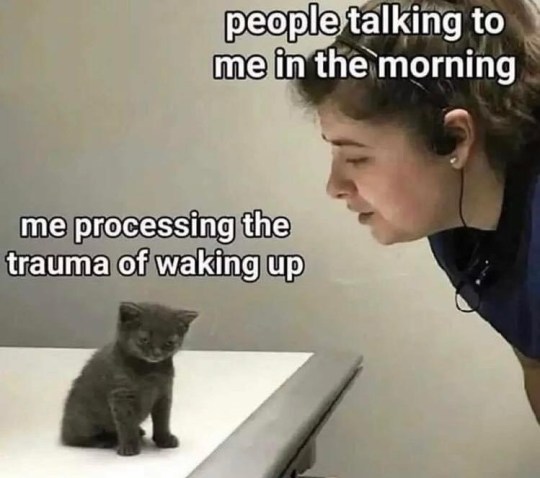
#funny#lol#haha#humor#meme#memes#art#design#artists on tumblr#tweet#aesthetic#twitter#vintage#dark academia#light academia#photography#creative#creativity#fantasy#science
2K notes
·
View notes
Text

April's pink moon.
(April 23, 2024)
#moon#full moon#astrophotography#astronomy#lunar#photographers on tumblr#full moon photography#mineral moon#science#space#universe#galaxy#pink moon#photography#aesthetic#scenery#cameras#skywatcher#nature#astrology#my post#pb:issey#p:friday
413 notes
·
View notes
Text
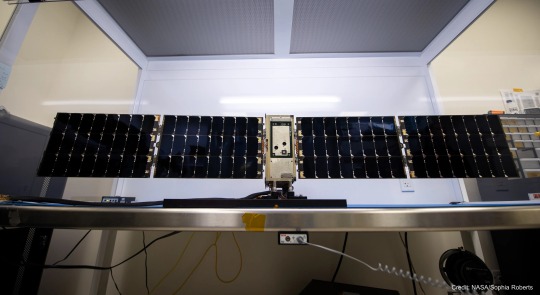
Tiny BurstCube's Tremendous Travelogue
Meet BurstCube! This shoebox-sized satellite is designed to study the most powerful explosions in the cosmos, called gamma-ray bursts. It detects gamma rays, the highest-energy form of light.
BurstCube may be small, but it had a huge journey to get to space.
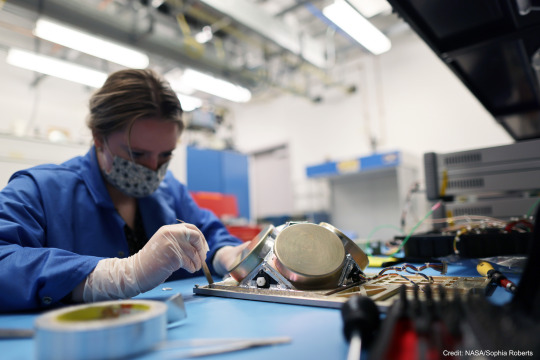
First, BurstCube was designed and built at NASA’s Goddard Space Flight Center in Greenbelt, Maryland. Here you can see Julie Cox, an early career engineer, working on BurstCube’s gamma-ray detecting instrument in the Small Satellite Lab at Goddard.
BurstCube is a type of spacecraft called a CubeSat. These tiny missions give early career engineers and scientists the chance to learn about mission development — as well as do cool science!
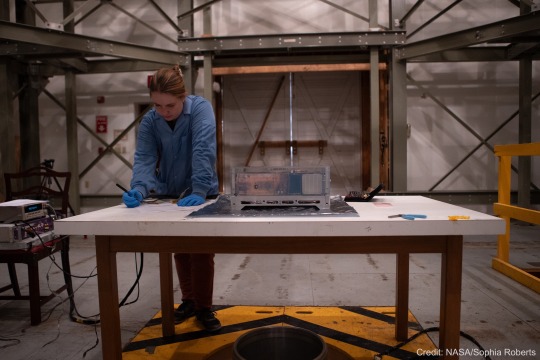
Then, after assembling the spacecraft, the BurstCube team took it on the road to conduct a bunch of tests to determine how it will operate in space. Here you can see another early career engineer, Kate Gasaway, working on BurstCube at NASA’s Wallops Flight Facility in Virginia.
She and other members of the team used a special facility there to map BurstCube’s magnetic field. This will help them know where the instrument is pointing when it’s in space.
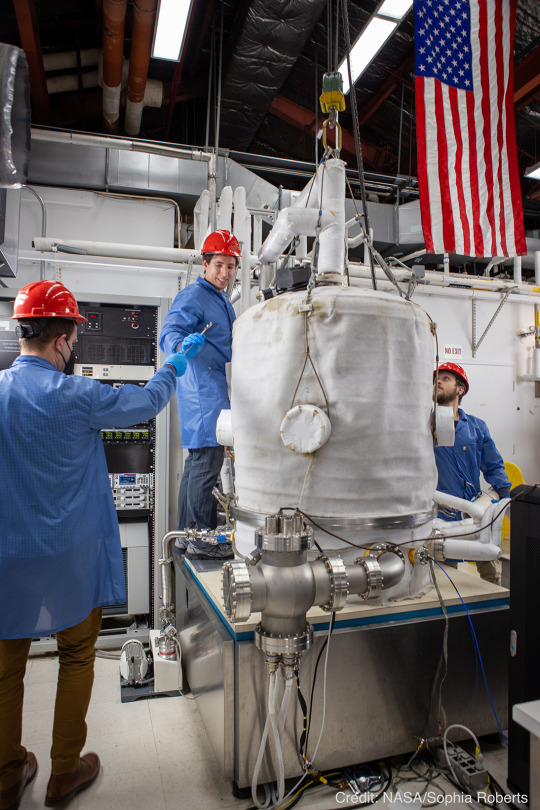
The next stop was back at Goddard, where the team put BurstCube in a vacuum chamber. You can see engineers Franklin Robinson, Elliot Schwartz, and Colton Cohill lowering the lid here. They changed the temperature inside so it was very hot and then very cold. This mimics the conditions BurstCube will experience in space as it orbits in and out of sunlight.
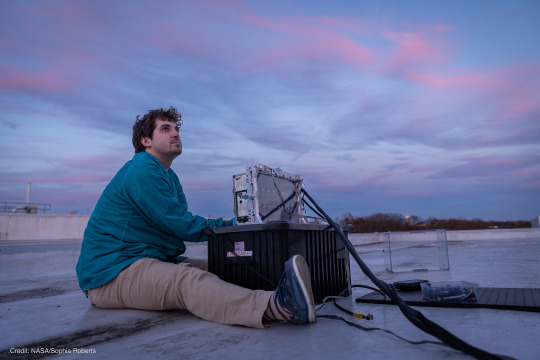
Then, up on a Goddard rooftop, the team — including early career engineer Justin Clavette — tested BurstCube’s GPS. This so-called open-sky test helps ensure the team can locate the satellite once it’s in orbit.
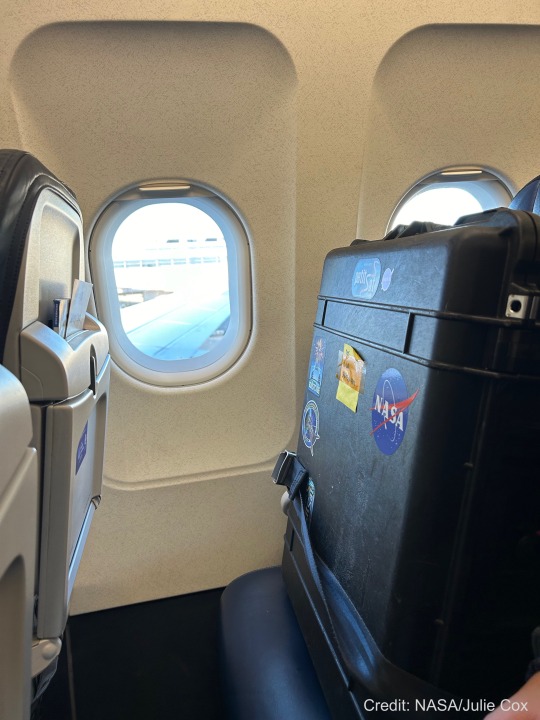
The next big step in BurstCube’s journey was a flight to Houston! The team packed it up in a special case and took it to the airport. Of course, BurstCube got the window seat!

Once in Texas, the BurstCube team joined their partners at Nanoracks (part of Voyager Space) to get their tiny spacecraft ready for launch. They loaded the satellite into a rectangular frame called a deployer, along with another small satellite called SNoOPI (Signals of Opportunity P-band Investigation). The deployer is used to push spacecraft into orbit from the International Space Station.
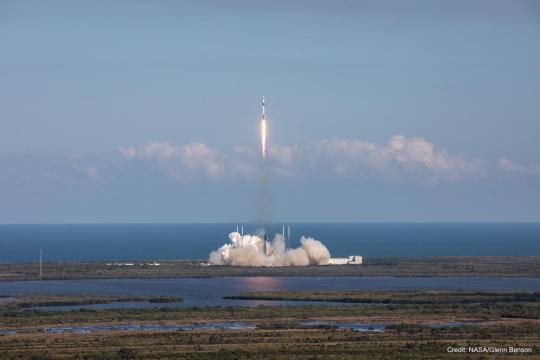
From Houston, BurstCube traveled to Cape Canaveral Space Force Station in Florida, where it launched on SpaceX’s 30th commercial resupply servicing mission on March 21, 2024. BurstCube traveled to the station along with some other small satellites, science experiments, as well as a supply of fresh fruit and coffee for the astronauts.
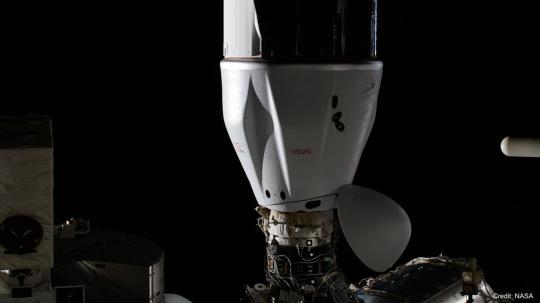
A few days later, the mission docked at the space station, and the astronauts aboard began unloading all the supplies, including BurstCube!
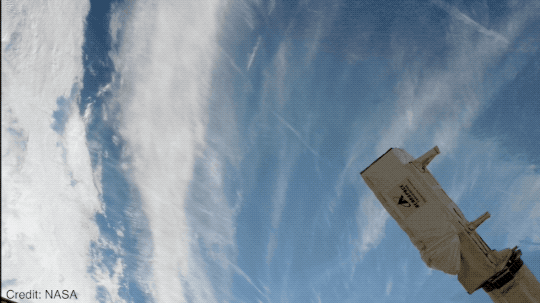
And finally, on April 18, 2024, BurstCube was released into orbit. The team will spend a month getting the satellite ready to search the skies for gamma-ray bursts. Then finally, after a long journey, this tiny satellite can embark on its big mission!
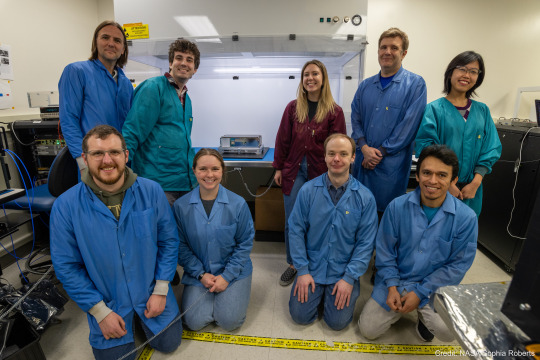
BurstCube wouldn’t be the spacecraft it is today without the input of many early career engineers and scientists. Are you interested in learning more about how you can participate in a mission like this one? There are opportunities for students in middle and high school as well as college!
Keep up on BurstCube’s journey with NASA Universe on X and Facebook. And make sure to follow us on Tumblr for your regular dose of space!
#tech#technology#dream job#jobseekers#NASA#space#spaceblr#universe#astronomy#science#gamma ray bursts#cubesat#smallsat#launch
240 notes
·
View notes
Text


It's time for Fossil Friday! Meet Cryptocleidus oxoniensis, a short-necked plesiosaur. Plesiosaurs were large marine reptiles that lived from the late Triassic to the end of the Cretaceous. The plesiosaurs had extensive modifications to the shoulder and pelvic girdles: these elements form large, flat sheets of bone, presumably for the attachment of swimming muscles. Cryptocleidus' trunk was very rigid and short, and the short tail could only function as a rudder, leaving the limbs as its main organ of propulsion.
Photos: © AMNH
Image 1: Cryptocleidus on display in the Museum.
Image 2: Photographic negative of the fossilized remains of Cryptocleidus, circa 1910.
#science#amnh#museum#fossil#nature#natural history#animals#paleontology#plesiosaur#cretaceous#triassic#cool animals#ancient animals#fossil friday
161 notes
·
View notes
Text

Kedileri , köpekleri , kızı için peçete satan anneleri , anneleri , çocukları , yalnız çocukları , ağaçları , sardunyaları , küs kaldıklarını , hastane koridorlarında yere bakanları yalnız bırakanları , ara sıra onu , onları ... olmayanları ... hiç olmayacakları ....
Severken geçiyor ....
Acı , sarı ve uykulu geçiyor zaman ....
#cute#guotes#photography#picture#aesthetic#art#beautiful#motivation#my emotions#romantic#flowers#floral#daises#flower#nature#naturecore#dark academia#dark aesthetic#cotl#cottagecore#cottage aesthetic#mountains#wanderlust#landscape#travel#artists on tumblr#trees#forest#science#alternative
144 notes
·
View notes
Text
By modifying a refrigerator commonly used in both research and industry, researchers at the National Institute of Standards and Technology (NIST) have drastically reduced the time and energy required to cool materials to within a few degrees above absolute zero.
The scientists say that their prototype device, which they are now working to commercialize with an industrial partner, could annually save an estimated 27 million watts of power, $30 million in global electricity consumption, and enough cooling water to fill 5,000 Olympic swimming pools.
Continue Reading.
135 notes
·
View notes
Text
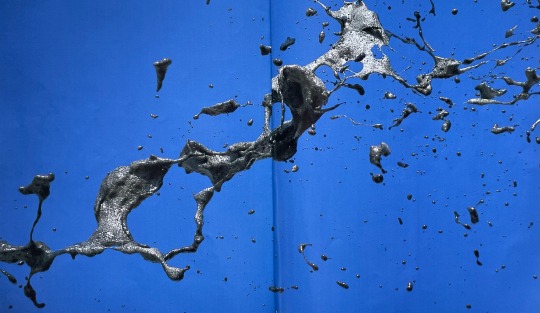
Hardening within seconds of extrusion, volcanic froth rich in carbon dioxide spews from an active vent. What begins as liquid lava hits the ground with the tinkling of breaking glass.
#my scan#my upload#science#national geographic#nat geo#nature#volcano#lava#earth#earthcore#aesthetic#photography#sciencecore#naturecore
78 notes
·
View notes
Text
Geyser Sculptures
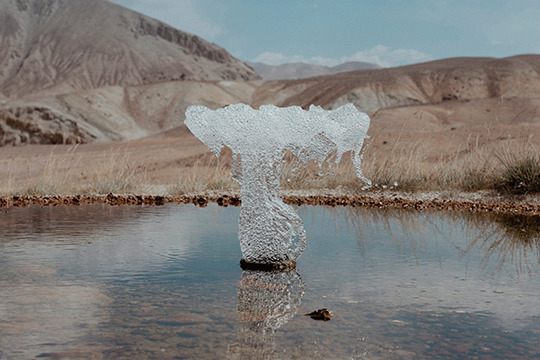
In the remote landscape of Tajikistan, photographer Øystein Sture Aspelund discovered a small geyser near a high-altitude lake. With a fast shutter, he "froze" the shapes of the eruption, capturing bubbly columns, mushrooms, and splashes. (Image credit: Ø. Aspelund; via Colossal)
Read the full article
60 notes
·
View notes
Text
Our favorite yoga pose—the shrimp squat.
Researchers often find these small shrimp, Hymenopenaeus doris, hanging upside down, motionless in the water.
While performing this “zombie-like“ behavior, the shrimp look a lot like a discarded exoskeleton sinking slowly through the dark midwater. Scientists speculate that the shrimp might reduce their chances of being eaten by mimicking a sinking molt.
This odd behavior might also be an adaptation to conserve energy since the shrimp live at depths where the seawater contains very little oxygen. Animals found in low-oxygen environments have a harder time moving rapidly or for long distances.
Learn more about these deep-sea yogis on our YouTube channel.
71 notes
·
View notes
Text

#ai#technology#machines#science#learning#teaching#school#homework#wrong hands#john atkinson#webcomic#humor
44 notes
·
View notes
Text


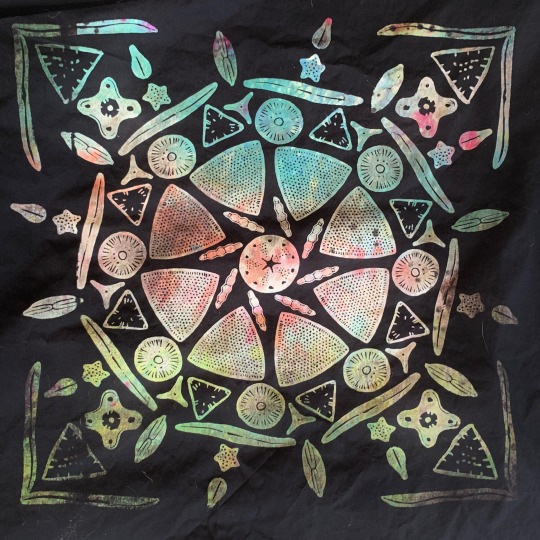
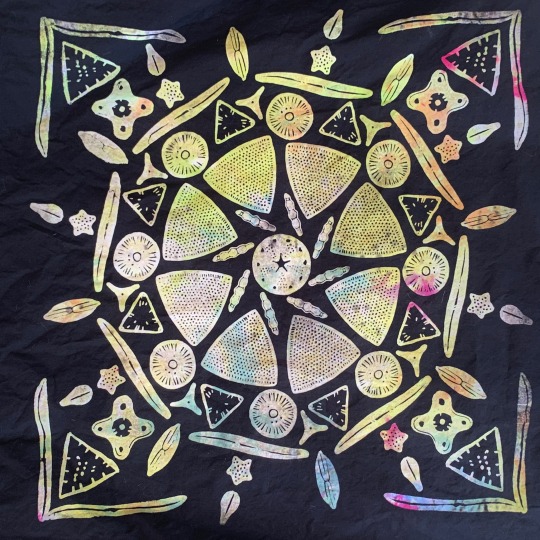
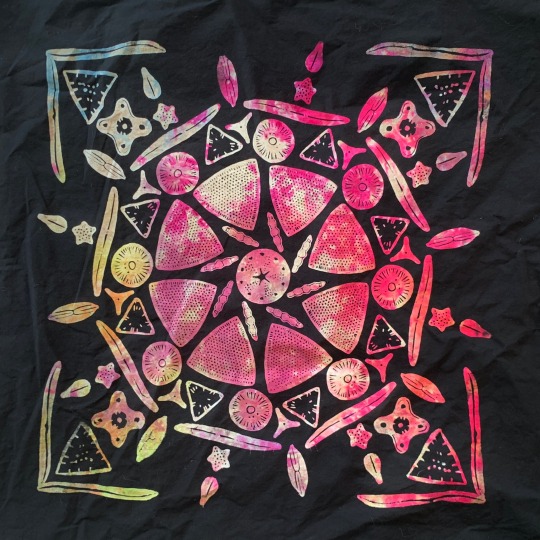
the 5 last remaining black diatom bandanas! unsure if I’ll be able to get another round of these printed so if you have your eye on one now’s a good time to order! more of the light colorway are available as well. If you order this morning they’ll be in the mail this afternoon as I’m heading to the post office today! order here, and I appreciate any reblogs to boost!
#my art#queer artist#fiber art#bandana#merch#screenprinting#printmaking#tie dye#small artist#small business#handmade#diatom#science#science art#marine biology
27 notes
·
View notes
Text
If we discover alien life, what will it look like?
We have no way of knowing, but the hunt for extraterrestrial life can now include purple bacteria, according to a group of astronomers who are recording the chemical makeup unique to the lavender-hued organisms. These microbes may have dominated Earth early on in our planet's history and are well-suited to emerge on faraway worlds that circle dim red stars smaller than our sun, a new study suggests.
The latest cataloging effort is in part "to create a database for signs of life to make sure our telescopes don't miss life if it happens not to look exactly like what we encounter around us every day," study co-author Lisa Kaltenegger of Cornell University said in a statement. "Purple bacteria can survive and thrive under such a variety of conditions that it is easy to imagine that on many different worlds, purple may just be the new green."
Continue Reading.
68 notes
·
View notes
Text

Galaxy on Edge
A galaxy seen from its edge. Many disk galaxies are actually just as thin as NGC 5866, the Spindle galaxy, pictured here, but are not seen edge-on from our vantage point. Also cataloged as M102, the Spindle galaxy has numerous and complex dust lanes appearing dark and red, while many of the bright stars in the disk give it a more blue underlying hue.
#astronomy#nasa#astronomers#universe#astrophotography#nasa photos#astrophysics#outer space#nasawebb#hubble space telescope#galaxy#galaxies#astronomy facts#i love astronomy#astrography#astronauts#astronaut#planetary science#planetary nebula#cosmos#our universe#the universe#space science#international space station#space exploration#space#science facts#science#deep sky#sky photography
44 notes
·
View notes
Text

Cary Wolinsky & David Deranian: ‘Disappearing Act’ (National Geographic, 2003)
As part of the Future Warrior program at a U.S. Army research center in Massachusetts, researchers are developing uniforms that will transmit visual information-about color, light, even pattern-through the fiber. Using photographs from a studio and on the street, this digitally manipulated computer image shows how two soldiers would virtually disappear into the background.
#cary wolinsky#national geographic#2003#science#invisibility#tech#technology#techcore#sciencecore#aesthetic#photography#david deranian#my scan#my scans#mine#interesting
20 notes
·
View notes
Text
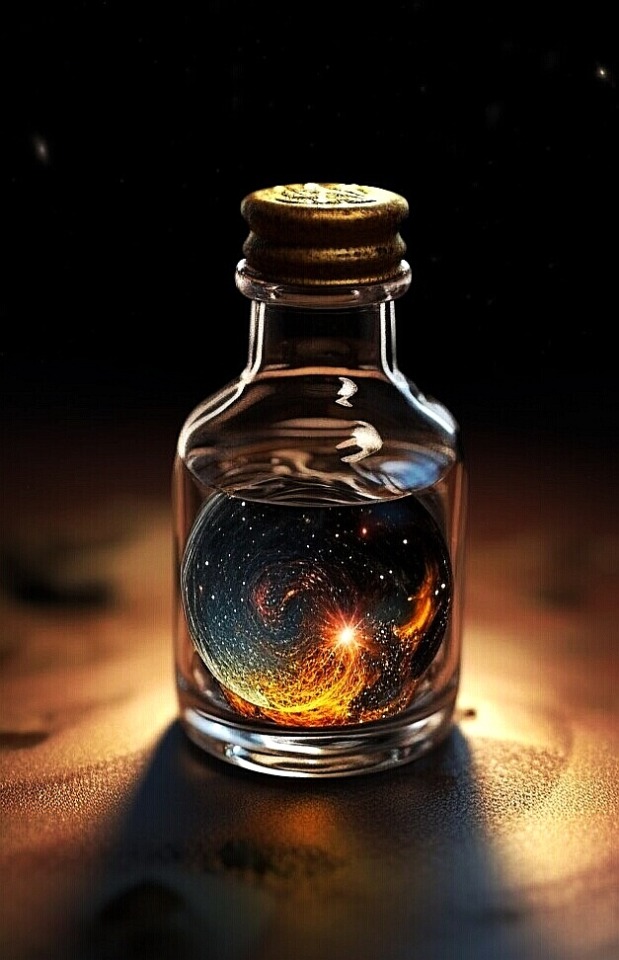
all surreal posts
#surreal#stars#galaxy#cosmos#space#bottle#astronomy#universe#science#art#dreams#friday#astro#futuristic#fantasy#aesthetic#dark academia#light academia#magical
39 notes
·
View notes